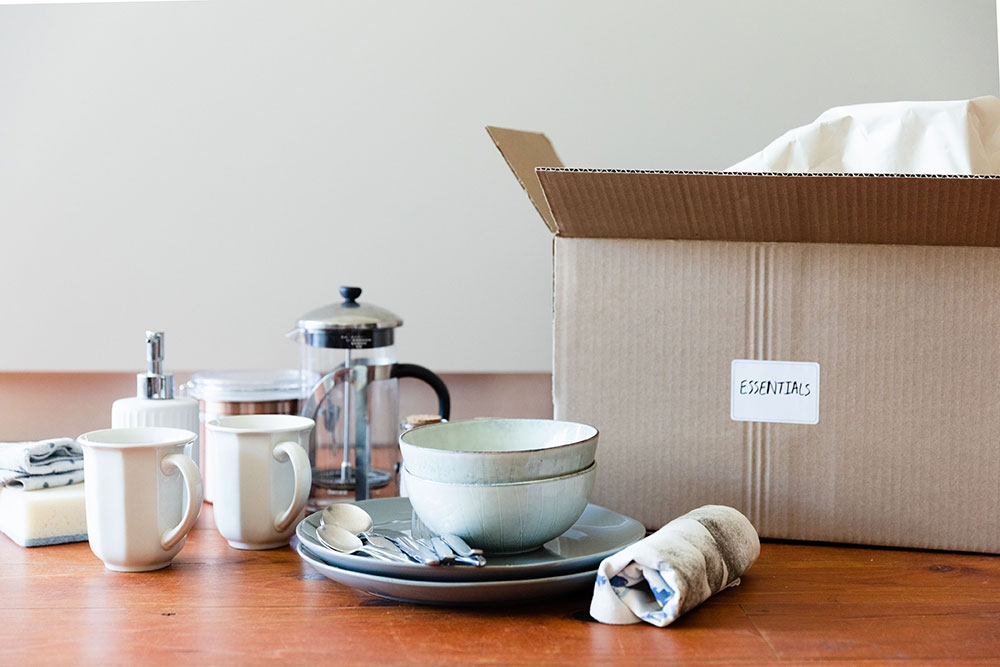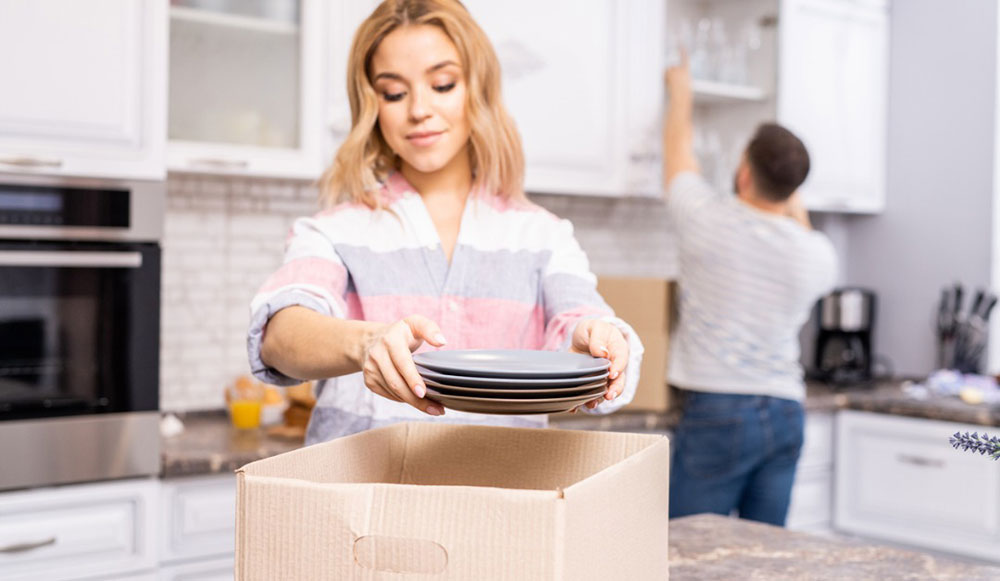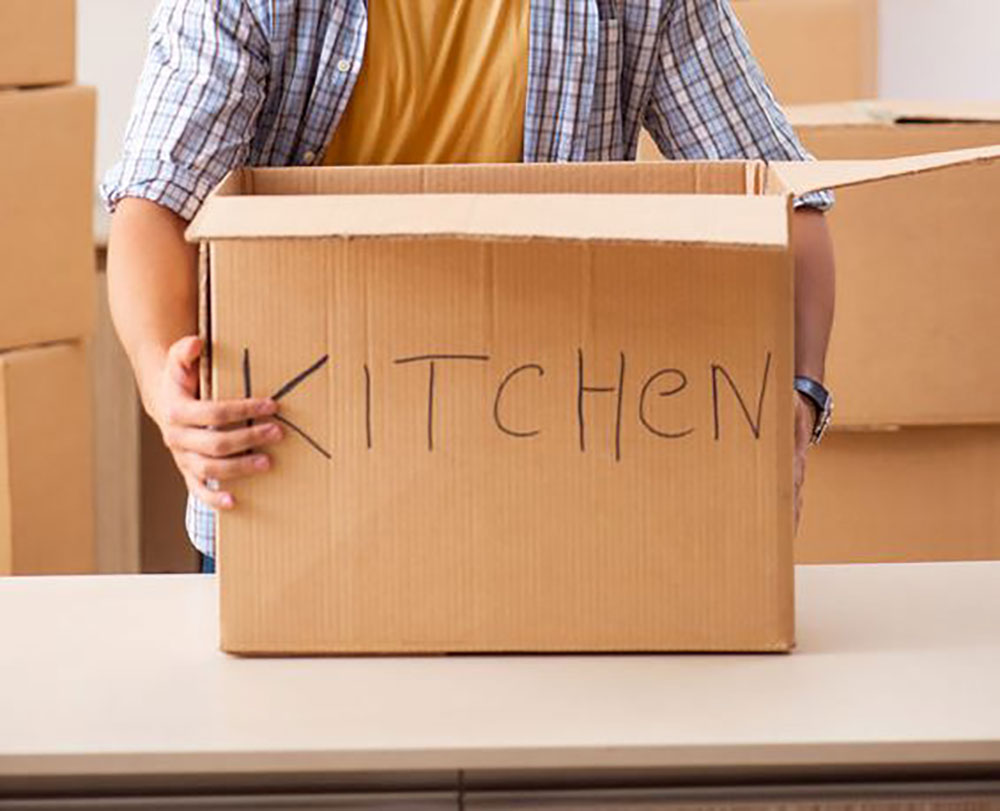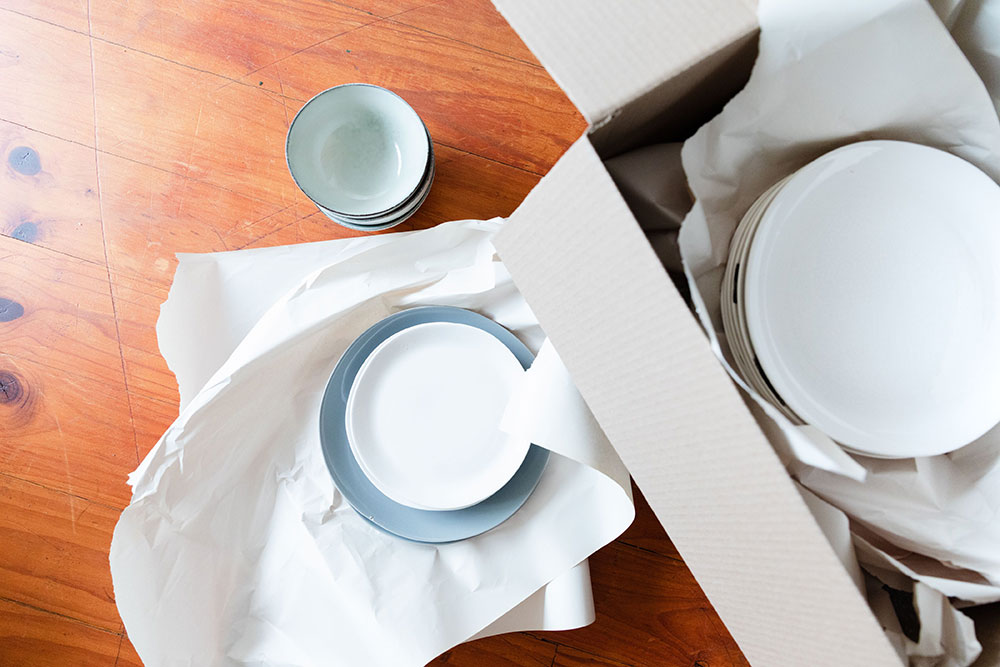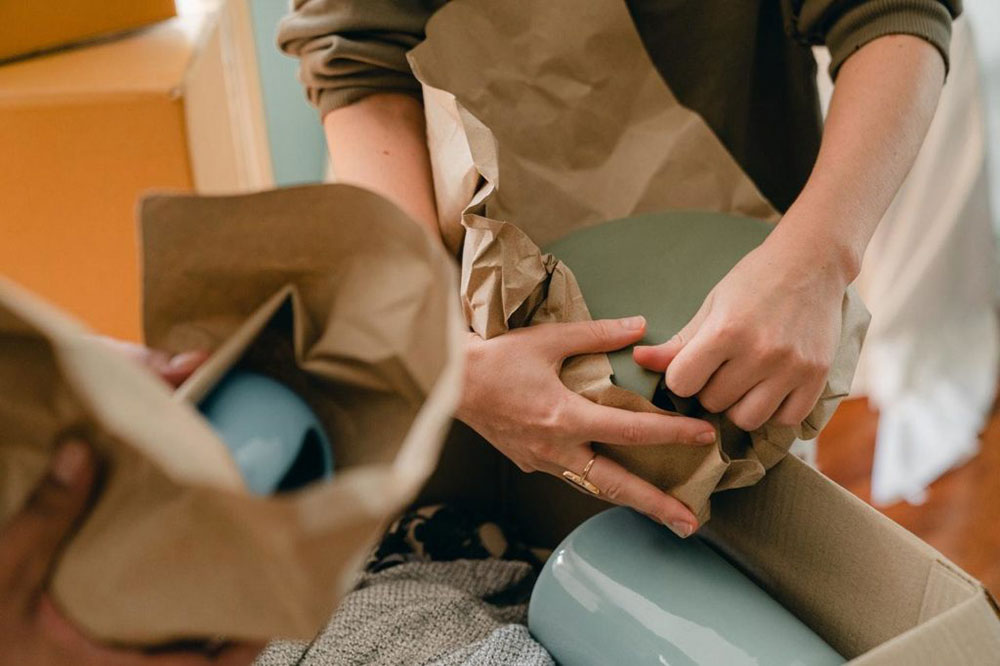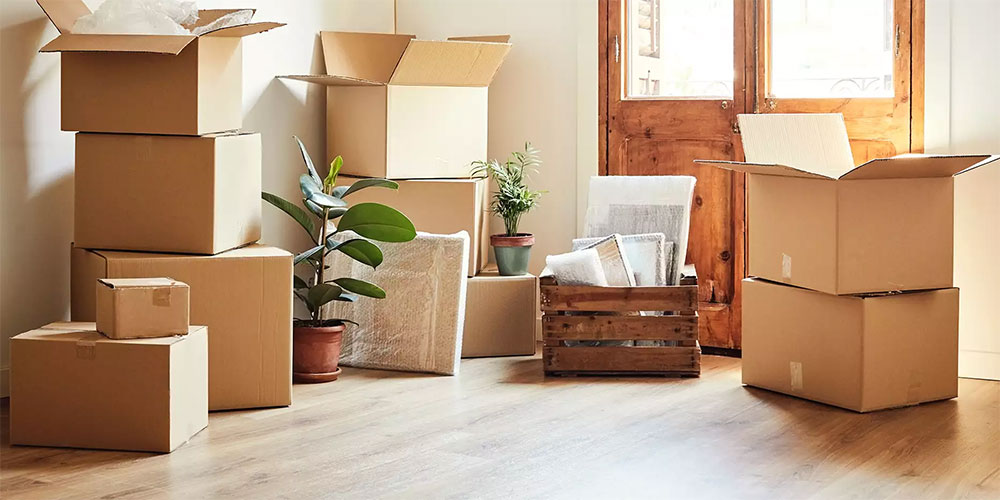Advertisement
When we think of moving, we normally think of big appliances first. Yet, it is the details that can make relocation easier for us. Before we even start moving furniture around, we need to take care of our small kitchen appliances.
So, if your plan is to:
- Move out to a different apartment and don’t want to hire professional movers
- Help a relative or a friend move out of their homes
- Learn more about packing in general
- Pack small appliances for moving or any other reason, check this article out.
We have listed the best tips on how to pack kitchen appliances.
How to pack kitchen appliances for moving
The first step is to list the necessary supplies to pack small kitchen appliances and to purchase those. Don’t worry – no special tools are necessary. You only need to make sure you have the right ones, and that you have enough of them.
These are the necessary supplies for packing small kitchen appliances:
Big or medium-sized boxes: Use medium-sized boxes instead of bags, as these are compatible with the size of appliances for moving. In the best case, you have saved the original box the appliance came in. If not, standard boxes will help just as well.
- Packing paper. Get as much packing paper as you can. It is not only welcome for wrapping appliances but also helps fill gaps so that the appliances don’t break along the move.
- Packing tape. Use packing tape to fasten the wrapping paper and seal the box.
- Twist ties. You will need twist ties to pack securing and power cords. You can use packing tape for the same purpose.
- Permanent marker. With a permanent marker, you can seal and label the packed box, so that the moving services guys take special care of fragile appliances. This will also help you unpack fast once you are in your new home.
Appropriate Boxes for small appliances
As we mentioned, the best boxes to use when packing small kitchen appliances are the original boxes. If you have them along with other necessary packing materials, the move will be safe and even cheaper. The kitchen appliances fit perfectly inside, and there is no space for them to stumble along the way.
To pack kitchen appliances that are small but heavy, put them in a small box to prevent breaking them. Don’t pack multiple small appliances together in large boxes, as the box may eventually break due to the weight. If the appliances are fragile, they may break as they jostle. You need to be extra careful with those.
Use rubber bands or packing tape to seal the bottom flaps of each box. Don’t skip this step even if the box is preassembled. Packing tape won’t be that effective over time, and it won’t help you transfer multiple appliances safely and securely.
Choose thicker cardboard to move fragile items, such as glass jars or your expensive food processors. If the cardboard is thin, it will bend and break easily and the items won’t be protected anymore.
Professional Packers Tips: Disassemble and clean most appliances before you move them
Professional packers can tell you that packing kitchen appliances is not effort-free. You need to do some prep work, such as cleaning and drying most appliances before you move them. As much as you try to keep fragile items in a good shape, they can still be sticky and oily.
If you clean most appliances, you make sure there are no crumbs or food residue in your new home. It doesn’t even have to be pico Bello – just wipe them down with a damp cloth and you will be done. We would still recommend a second cleaning round when you bring them home.
Disassemble even the small appliance and detach the removable parts
Despite their size, small kitchen appliances consist of many removable parts and won’t fit in any packing box. Don’t push them inside at all prices, but take the loose or removable parts out. These may be:
- Microwave trays out of the main body
- Blades and containers out of your food processors
- Glass jars and containers from your stand mixers
- Glass trays out of air fryers and other food processors
- Water supply containers from coffee machines
The best way to pack is to keep all removable parts close to the appliance they originate from. This way, you can save time when you bring them back together, and you can arrange them easily in a single box.
If the box is still too big for them, use bubble wrap to fill in the gaps.
Remember to pack also the owner’s manual or the instruction paper, so that you can reassemble them easily.
Wrap the Appliances in kitchen boxes
Bundle up the appliance’s power cord and fasten it with twist ties, packing tape, or a rubber band. If the appliances have doors, such as air fryers and toasters, tape the doors shut. By doing this, you make sure they won’t break off during the transport.
Add packing paper where necessary. Secure it tightly with packing tape, but make sure you don’t tape it directly to the pack appliances. You don’t want any sticky residue on your waffle makers and stand mixers. Tape adhesive may become permanent if you don’t remove it in time.
Box kitchen appliances the way professional movers do
To further protect your appliances, line boxes with more crumpled paper to create a kind of a protective layer or extra cushion. You can then put the bread makers or other appliances inside without being worried that they will break. If you don’t have more crumpled paper, you can use towels as well, even if you only want to fill in the gaps. It is always good to be extra careful.
If you use larger boxes and still have some extra space inside, use them for a heavy appliance or a less fragile item. As long as you wrap it properly, it won’t complicate the moving process.
A problem that becomes obvious at the beginning of every moving process is the odd shape of most everyday kitchen appliances. But there is no need to purchase additional boxes – start wrapping the appliances one by one and then store them in the same box.
Don’t leave too many empty spaces between the appliances, but also make sure they are not that tight. You still need to add packing material to ensure extra transport protection.
Secure the box with packing paper
Another worth packing tip is to use additional bubbly paper and so-called packing peanuts. These items helo close gaps and empty spaces, so that the small appliance doesn’t move. When we say gaps, we also refer to empty spaces inside and over the appliance.
Once the box is closed, you should secure it with tape and label the items it contains, so that you can find them easily. You will appreciate this tip when you start unpacking. At best, add ‘fragile’ labels to your worthiest appliances, and loading and unloading will be safe.
How to pack a big and heavy appliance
If we are talking ovens and fridges, the moving process will also change. The best method here is to pack appliances in their original boxes and fill in empty spaces with Styrofoam.
If you don’t have the box anymore, fill in the gaps with supplies you already have. By this, we mean old straps, plastic wrap, brown wrapping paper, or even blankets. This way, your bulky appliances will also be secure.
The same as when you pack small kitchen appliances, you need to take loose parts out. This means doors, knobs, coils, and racks. Be particularly careful with gas stoves – you need to detach them from the gas line first.
When it comes to fridges, keep three things in mind: they must be clean, defrosted, and disconnected according to the owner’s manual. If you don’t have it anymore, check what Google says.
When planning how to pack kitchen appliances, be those small appliances or big ones, cleaning has priority. This means also that toaster ovens are packed in the moving truck without crumbs.
If you followed all these tips, moving can also be fun!
If you enjoyed reading this article about how to pack kitchen appliances, we also wrote about subjects like how to style glass kitchen cabinets, why are kitchen cabinets so expensive, how to vent a kitchen sink under a window, and how to calculate linear feet for kitchen cabinets.
That is not all. We have other kitchen related articles on how to remove rust from kitchen utensils, how to fix a gurgling kitchen sink, how to build an outdoor kitchen with pavers, how to clean gunk out of kitchen sink drain, and how to cover kitchen cabinets without painting.

